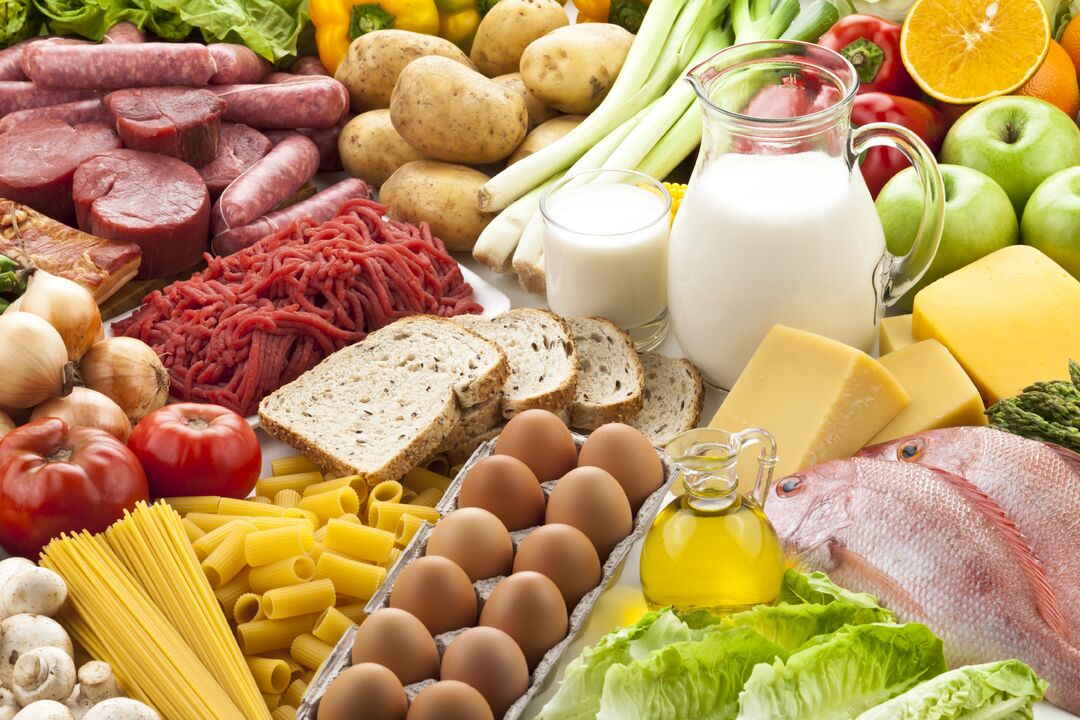
Proper nutrition is necessary for all people to maintain a healthy and well-toned body. The blood type diet is very popular, the principles of which are the consumption of food that is right for the patient based on the genetic characteristics, ie the blood group and the Rh factor. Such a menu is based on enriching the diet with positive and neutral products, excluding forbidden foods.
Principles
Overweight and many diseases have been shown to be due to malnutrition in 90% of cases. Hearing from the doctor the saying that a diet should be followed, many patients are desperate because it is quite difficult for most of them to limit themselves to a diet. A blood type diet helps to get rid of extra pounds and prevents the development of various diseases without any particular difficulty. However, the patient does not have to count calories and does not have to give up their favorite foods. Only a few foods need to be excluded from the diet and the desired result will not wait long.
As a result of many years of research, American doctor James D’Amado has suggested that there are positive, negative and neutral foods for all blood types. The scientist argued that foods that are good for some people can harm other patients. Based on this, we can come to the conclusion that nature itself tells man what food to consume.
Pros and cons
Representatives of official medicine have differing views on such a diet. Some argue that according to James d’Amado, nutrition is not a panacea and may even harm a patient with a particular disease. Proponents of the opposite position insist that a blood type diet is an excellent way to lose weight and prevent many diseases that should be applied not once but throughout your life. Like many diets, genetic nutrition has its pros and cons.
In developing his diet, James d’Amado acted on the principles that if a person does not eat properly, there will be a collision of proteins and antibodies from food in the person’s blood. However, it is known scientifically that once in the body, any protein dissolves into amino acids and the antibodies cannot determine their origin.
Despite its obvious disadvantages, a blood type diet has its benefits. Nutrition helps to normalize body weight by reducing the body’s total caloric intake. The foods in your diet are complete and healthy. The table includes a variety of products so the food is complete and balanced.
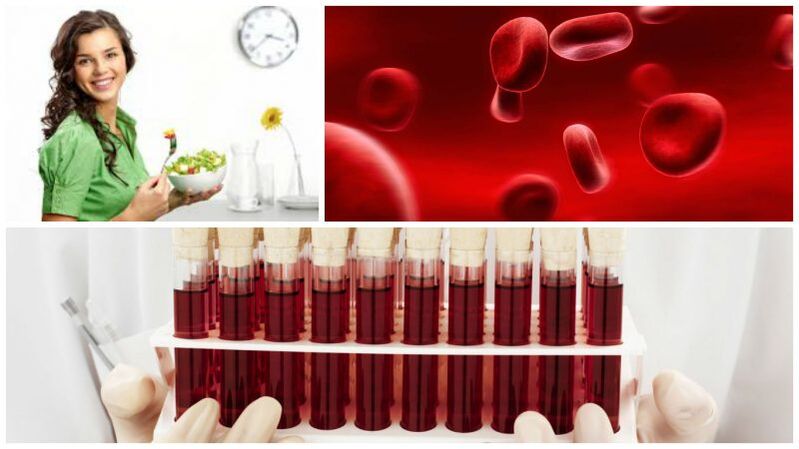
Important! Strict adherence to certain rules can provide the patient with enough energy to saturate the body with useful vitamins and minerals.
Principles of diet
For optimal results, the principles and recommendations of the d’Amado treatment chart should be strictly adhered to. These include:
- dividing each person into four types. Blood type is usually denoted by numbers or letters. For example, in Hungary the values 1, 2, 3 and 4 are used as blood groups, in America the first group is denoted by O, the second by A, the third by B and the fourth by AB;
- each person should, depending on their genetic characteristics, contain only authorized foods and a small portion of neutral foods. Prohibited ones should be completely eliminated because if you use them in large quantities, it can lead to obesity, a number of dangerous diseases;
- sufficient physical activity is required. In addition to the recommended and prohibited products, the author of the diet table selected the appropriate forms of exercise for patients. For the men in the second group, for example, he recommended yoga, racing, and swimming. For the first group - strength training, weightlifting;
- introduction of food additives into the diet. Some ingredients are not supplied in sufficient quantities due to dietary restrictions. To compensate for their deficiency, the author recommends taking additional vitamin complexes.
The above principles are essential, and if you eat right, the author of the diet promises a positive result within a few months.
Are there any contraindications
Another benefit of the diet is that there is virtually no contraindication to a blood type diet. Meals can be combined, unlike separate meals. An exception is personal intolerance to certain foods. But even if a patient causes an allergic reaction to certain types of foods, they can always be replaced with analogs. This makes the d'Amado table stand out from other harder diets.

In addition, the presence of co-morbidities in a person should be considered. For example, if a patient suffers from hypertension or other cardiovascular pathology, fatty meals should be excluded from the diet, even for members of the first group, even though the diet of the first blood group contains large amounts of meat products. . However, people with anemia should not give up meat, even if it contains predominantly vegetarian and protein foods.
Another aspect is age characteristics. Preschoolers who eat in the group cannot make a menu from this product alone. Elderly patients with osteoporosis and other diseases are not advised to completely omit calcium-containing foods, even if their diet is based solely on meat.
In summary, it is imperative to undergo a comprehensive medical examination and consult a specialist before following a diet. Especially when it comes to people with diseases such as diabetes, pathology of the kidneys, liver, heart and other organs.
Recommended and prohibited foods by group
Medical research has shown that each person has different dietary preferences and other individual characteristics depending on their blood type.
"Hunters" or the first group
It is believed that the rest of this group came from natural evolution. About 30% of the people in the world belong to "hunters. "According to experts, the diet for blood group 1 should contain large amounts of protein (fish and meat, excluding pork), legumes and seafood. It is customary to use a blood group diet table to divide foods into harmful, healthy and neutral foods.

List of products in the first group:
| Useful | Forbidden | Neutral |
| Beef and lamb | Pork | Chicken meat |
| Turkey fillet | Duck | Crayfish |
| Rabbit | Goose | Egg |
| Beef liver and heart | Lard | Hazelnuts |
| Seaweed | Salt river and sea fish |
Almond |
| Trout, pike and fresh herring | Marinated herring | Black beans |
| Olive and linseed oil | Whole milk | Asparagus |
| Cherry | Kefir | Puppet |
| Cherry plums | Ice cream pop | Rice and rice flour |
| Apples | Sour cream | Green peas |
| Figure | Poppy | Crystal sugar |
| Dried fruits | Peanuts | Carrot |
| All kinds of salads | Pistachio | Onion |
| Sugar beet | Corn and cottonseed oil | Pepper |
| bell pepper | Lens | Cucumber |
| Sweet potatoes | Pasta | Tomato |
| Parey bow | Semolina | Redcurrant |
| Broccoli | Cereal | Blueberry |
| Parsley | Bread products made from coarse flour | Green tea |
| Soy cheese and milk | Champignons | |
| Diluted juices | Avocado | |
| Dried fruit compotes | Alcohol | |
| Herbal teas | Sparkling water | |
| I win | Strong tea and coffee |
Important! If there are any contraindications to any of the products proposed for use, it should be replaced with an analogue or completely ruled out.
"Economics, " or the second group
A blood type 2 diet should include small amounts of meat and enough protein, soy, legumes, fish and other foods. Fresh vegetables and fruits (except citrus fruits, bananas, coconuts) are very useful for these people. Sugar should be consumed in moderation, but not completely eliminated.

List of prohibited, authorized and neutral foods belonging to blood group 2:
| Useful | Forbidden | Neutral |
| Mackerel | Duck | Pickles |
| Spinach | goose | Pickles |
| Carrot | Pork | Sunflower seeds |
| Broccoli | Salo | Vanilla |
| Mushroom | Beef | Cumin |
| All kinds of apples | Fatty sea fish | barley pearls |
| Plum | Crayfish | Pine nuts |
| Citron | Tintahal | Almond |
| Quail eggs | Guts | Hazelnuts |
| Buckwheat porridge | Sweet potatoes | Raspberry |
| Pumpkin seeds | Coconut milk and shavings | Grenade |
| Products made from rye flour | Pistachio | Pear |
| Spotted beans | Wheat groats and wheat porridge | Strawberry |
| Soy | Black bread | Raisins |
| Pumpkin and olive oil | Ketchup | Solo |
| red wine | Mayonnaise | Parsley |
| Coffee | Strong tea | Sugar beet |
| Apricots, pineapples, cherry, apple, carrot juice |
Lemonade | Asparagus |
| Not too sweet compotes | Row | Horse-radish |
| Zucchini | ||
| Radish | ||
| Birch, apple, blueberry, pomegranate juice | ||
| White wine |
Blood group 2 foods should include healthy and neutral foods, while restrictions on the latter are recommended.
"Nomads, " or the third group
This genetic type is thought to have originated from the migration of individual species. According to statistics, about 20% of the total population of the Earth has 3 blood groups. Moreover, the 3 positives are much more common. "Nomads" are characterized by their omnivorous nature. Their menu should include meat, fish and dairy products, but there are also prohibited foods.
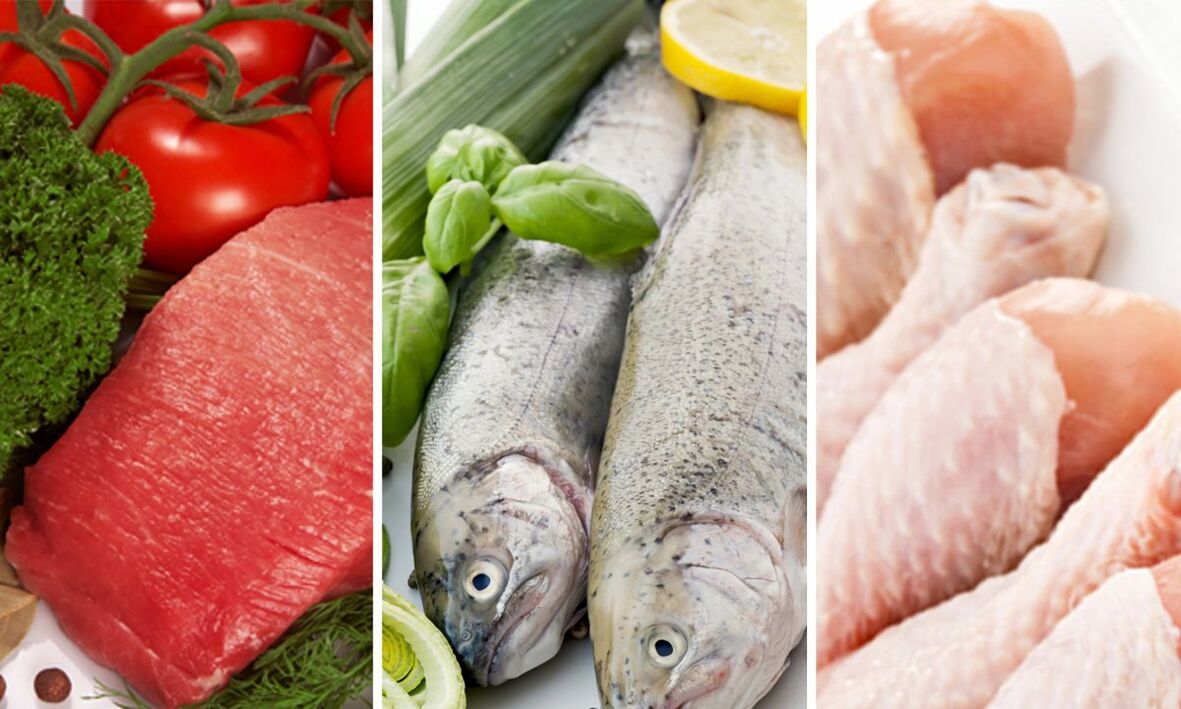
Adequate nutrition for the third group:
| Useful | Forbidden | Neutral |
| Hen | Heart | Serum |
| Egg | Pork | Cream |
| Lamb meat | Duck | Cow cheese |
| Cod | goose | Asparagus |
| Fresh and pickled herring | Liver | oyster mushrooms |
| Lean sea and river fish | Lard | Champignons |
| Cottage cheese | Smoked sea fish | Onion |
| Kefir | Fatty varieties river and sea fish |
Cucumber |
| sheep cheese | Shrimp | Zucchini |
| Sweet potatoes | Pumpkin | Prunes |
| Broccoli | Olives | Peach |
| Green apple | Walnuts on fat oily base |
Strawberry |
| Coconut flakes | barley pearls | Citrus fruits |
| Not sour plums | Black beans | Walnuts in large Quantity |
| Rice and oatmeal | Spotted beans | Pasta |
| Soy | Pastries of coarse flour |
Semolina |
| Wheat and oat bread | Ice cream pop | Asparagus and white beans |
| Poppy | Hazelnuts, soybeans, corn, sunflower oil | Durum wheat pasta |
| Olives and olive oil | Alcoholic drinks | Honey |
| Green tea | Pomegranate and tomato juice | Chocolate |
| Blueberries, pineapples, grape juice | Lemonade | Butter |
| Chamomile and rosehip soup | Heavily brewed tea and coffee | |
| Alcoholic drinks | ||
| Sweet sparkling water |
The 3-blood diet contains foods that are best suited to this genetic type, helping to keep weight within the normal range and prevent many diseases.
Important! The genetic type of diet is recognized by many nutrition experts around the world and has received many positive opinions.
"Mixed type" or the fourth group
The fourth group, according to scientists, was formed by merging two types, the first and the second. This type is considered the rarest. Its carriers do not exceed 7% of the world's population. Group 4 is positive the most common and negative is the least common on the planet. The Type 4 diet includes a fairly varied list of foods.
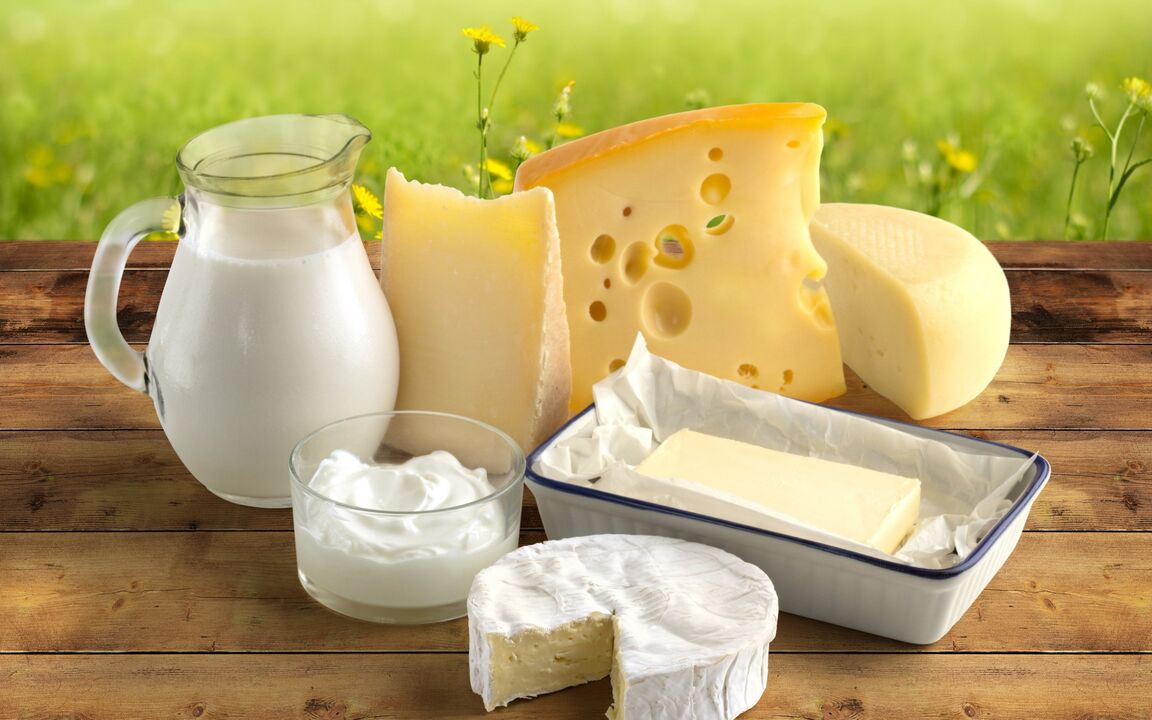
A blood group 4 diet should be prepared using the following foods:
| Useful | Forbidden | Neutral |
| Lean meats | Hen | Flaxseed, peanut, soybean oil |
| River and sea fish, preferably cooked and fried | Heart | Pine nuts |
| Whole milk | Duck | Pistachio |
| Low fat cheese | goose | Almond |
| Cottage cheese dishes | Sunflower and pumpkin seeds | Honey |
| Bean food | Buckwheat porridge and buckwheat flour products | Nutmeg |
| Lens | white wine vinegar | Paprika |
| Spotted beans | Pickles | Sugar |
| Cereal | Pickles | Pumpkin |
| Rice | Mandarin | Champignons |
| Oatmeal cookies | Ketchup | Nectarine |
| Products made from rye flour | Radish | Peach |
| All kinds of salads and vegetables | Radish | Blackberry |
| Kari | Salad | red berries |
| Cucumber | Rhubarb | Jerusalem artichoke |
| bell pepper | Persimmon | Brussels sprouts and white cabbage |
| Beetroot | Orange | Potato |
| Celery | Avocado | Coriander |
| Jerusalem artichoke | Grenade | Cinnamon |
| Cauliflower | Banana | Mayonnaise |
| Herbal teas | Black pepper | bay leaf |
| Decoction of hawthorn, rose hips | Lime tea | Zucchini |
| Coffee | Mother and stepmother broth | Spinach |
| Green tea | Strong black tea | White and red wine |
| Carbonated sugary drinks | Row | |
| Lemonade | ||
| Alcohol |
Important! The table shows that the list of products is quite extensive, so it is very easy to put together a diet menu based on them.
For each blood type genetic type, the diet has its own characteristics. The desired result can only be achieved by strictly implementing the author’s recommendations and completely rejecting prohibited products. A special feature of such a menu is that the table is designed for smooth and safe weight loss, restoring all the vital functions of the body.
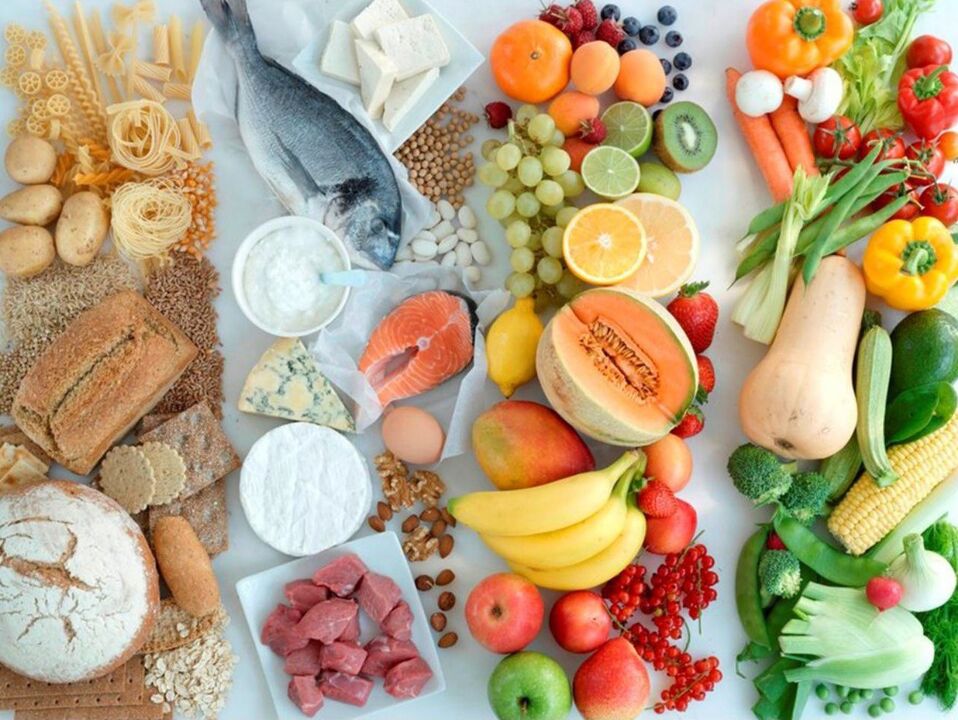
Menu for the first genetic type
One dietary option for 1 blood group per day is:
- in the morning - cooked or fried fish meat, vegetable salad, pineapple, cherry or carrot juice;
- sun - raw or fried vegetables, cooked meat, baby food or porridge, dried fruit compote;
- evening - porridge with vegetables, herbal tea.
As already mentioned, the diet of the first blood group must contain a sufficient amount of meat and fish, as this genetic type belongs to the "hunters".
Menu for the second genetic type
The diet of the second blood group should be based on healthy and unhealthy foods. An approximate daily menu looks like this:
- in the morning - lean fish or meat, a glass of kefir, fresh or fried vegetables;
- sun - legumes or porridge, fish stew, apple fruit pieces, prunes, herbal tea;
- in the evening - spotted bean puree, pineapple or cherry juice.
A type 2 diet should include recommended foods and neutral foods. Even if you can’t completely stop prohibited foods right away, don’t despair. It is necessary to gradually switch to a healthy diet so that it does not cause severe moral discomfort to a person.
Menu for the third genetic type
Food for 3 blood groups can look like this for 1 day:
- in the morning - one or two steamed chicken slices with pepper and carrot garnish, fruit, herbal tea;
- sun - oat bread with sheep's curd, cottage cheese, cranberry juice;
- evening - the first blood group dinner may include fried trout, pike or halibut, steamy omelette, green tea.
Group 3 people can compile the menu independently based on the data in the table. Don’t be afraid to experiment and use new recipes. This will help diversify your diet and improve your mood.
Menu for the fourth genetic type
The fourth type of human includes the second and third blood groups. Their menu is distinguished by a mix of foods, they should be saturated with fish, meat, cereals and dairy products. An approximate menu for 1 day might look like this:
- morning - cooked or fried rabbit, sweet pepper and cucumber salad, seasoned with olive oil, coffee;
- sun - layered goat cheese, fruit slices of kiwi, grapefruit, pineapple, grape or cherry juice;
- evening - rye bread with sheep's curd, steamed vegetables, green tea.
Proponents of a blood type diet believe that such a diet is very effective and helps not only in weight loss but also in the prevention of most diseases. If you decide to use it, you may want to know your blood type and feel free to switch to proper nutrition. Be sure to consult your doctor to avoid negative consequences.















































